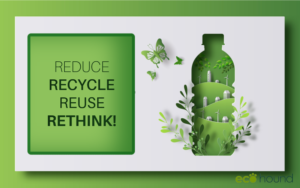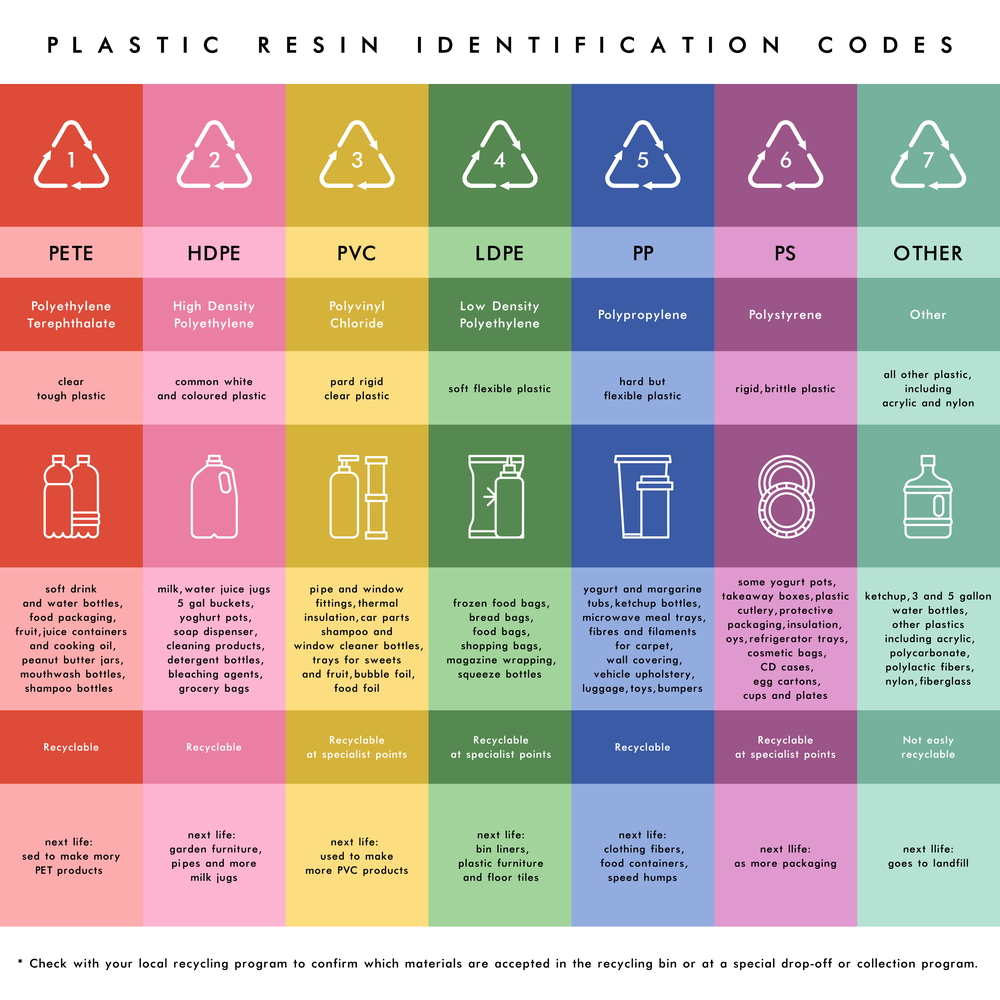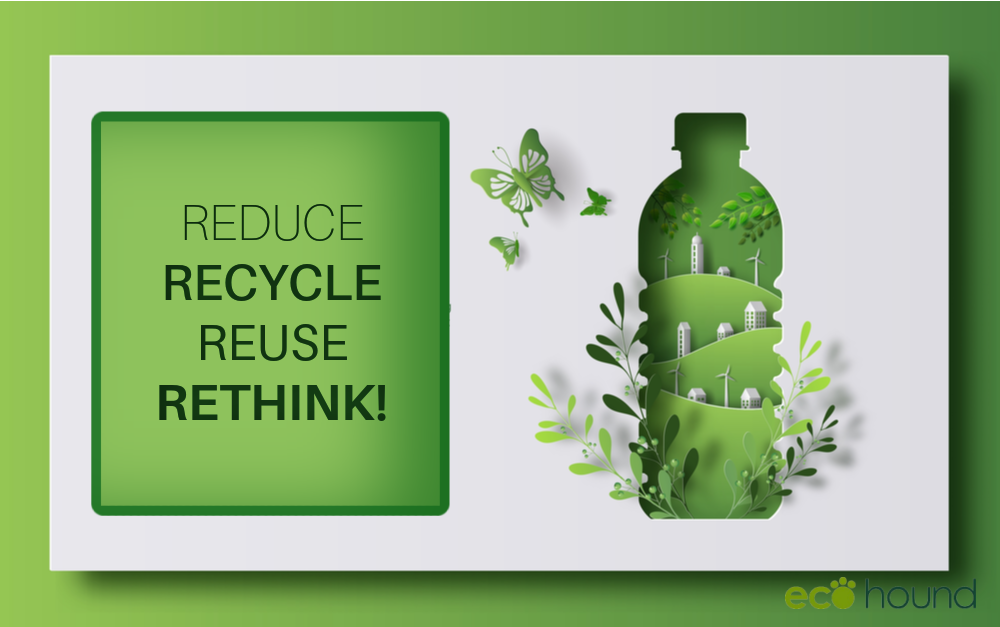Recycling Guide And How We Can All Become Better Recyclers
Over the next few weeks and months, we will be adding to this blog to give you a complete guide to recycling.
To start, a good to know fact. According to Recycle Now it is estimated that a whopping average of 35.8 million plastic bottles are used each day across the UK. However, only 19.8 million, approx. 55% are recycled each day. This simply means there are on average 16 million plastic bottles a day not making their way into the recycling bin.
A simple solution to this would be to make sure we recycle every single plastic bottle we can. How often do we see juice bottles in mixed rubbish bins when we are out and about. I have been known to do this myself however now I make sure I bring it home to recycle correctly.
Reduce, Recycle, Reuse, Rethink to help our planet thrive! Global Recycling Day should be every day.

Recycling Is Easy
In this paragraph, I will show the simples steps to follow when recycling.
- Firstly, empty and rinse bottles and packaging, and make sure they are clean & dry. Unwashed recycling can contaminate other recyclables as well as cause damage to machinery.
- Make sure you are putting the right recycling in the right bin and never bag your recycled waste.
- Home recycling in most areas includes paper, cardboard, metal cans, plastic bottles, and plastic-ready meal & food trays. Some include glass bottles, however, these can easily be recycled at bottle banks often found in supermarket carparks.
- Squash plastic bottles and packaging down. This will give you more vital room in your recycle bins and means more can be collected on each collection from households and businesses.
- Don’t worry about labels, the recycling process can remove these with ease.
- Leave the tops and (all plastic) spray triggers on plastic bottles, they will be recycled along with the bottle. Small objects like bottle tops can be a pain for recycling if loose as too small for sorting machines.
- All clear and coloured PET & HDPE plastic bottles. Shampoo bottles, spray detergents, cleaners, soap dispensers (minus the pump as not all plastic), and drinks bottles can be easily recycled. AVOID attempting to recycle plastic bottles used for pesticides or chemicals.
Just bin it?
I understand recycling can be seen as a chore to many, it’s quicker and easier to just bin it. It only takes a few seconds to rinse a bottle or clean a microwave dish. I often soak it for a bit then pop it in the dishwasher. I dry my recycling outside in a plastic box, a nice sunny day has it dry in no time. Take juice bottles home, don’t bin them when out and about. Remember, every bit of plastic you recycle will have a chance of being something else in this world.
Recycle Respect Reinvent Remake!
The plastic we recycle may become a new plastic bottle, an Ecohound dog poo bag. Maybe a dog toy, a new pair of sunglasses, a t-shirt, sweater, or insulation for your new jacket, the list is endless. As a result, the use of recycled plastic will help close the recycling loop and reduce the need and our reliance on new plastic.
Easy to Recycle & A Bit More Difficult But Possible & Landfill
What triangle numbers are recyclable?
Plastics Recycling By Numbers 1 to 7.
- PET (polyethylene) very common clear tough basic plastic, plastic juice bottles, bags, prepared food trays, mouthwash bottles
- HDPE (High-density polyethylene) HDPE plastics are also extremely common. The appearance can be milky white so used in shampoo bottles, milk containers, detergents, shopping bags, dog poo bags, and much more
- PVC (Polyvinyl chloride) blister packs, blood bags, window frames
- LDPE (Low-density polyethylene) cling film, bread bags, squeezy bottles, rings for packs
- PP (Polypropylene) bottle caps, packaging tape, straws, cereal packets
- PS (Polystyrene) disposable coffee cups, plastic cutlery, foam packaging
- Other polycarbonates, water cooler bottles, baby bottles, plastic containers, fiberglass

*PET & HDPE – Easy to recycle and widely recycled at home. Most throw-away plastic products today should have a PET 1 or HDPE 2 Triangle.
*PVC & LDPE – Can be recycled but not easily. Check with your local waste management and curbside collection services.
*PP, PS & Other – Rarely recycled, often hard to recycle products. However, you can easily check with your local waste management and curbside collection services.
The trouble with plastic lids
Sadly, many people assume that the lids can’t be recycled, and they throw them in with their general waste. However, this is not the case. This can often mean that they end up in landfills, or even worse, in our oceans and on our beaches, where they can do untold damage. Plastic bottle lids are one of the most common items of litter found on beaches. Plastic takes many years to degrade, if indeed it does at all, and in the meantime, bottle lids and caps can become choking hazards for wildlife, especially fish and birds.
So Don’t Forget the Lid!
When disposing of plastic bottles, screw the lid on as it’s much easier for recycling plants to manage. The bottle and lid can be easily separated during the recycling process. Bottles are ground up in a water bath, HDPE plastic (the lid) will float whereas the PET (bottle), as a heavier plastic will sink. This allows the different materials to be separated with ease.
Most importantly, let’s all do something today for a better tomorrow!


